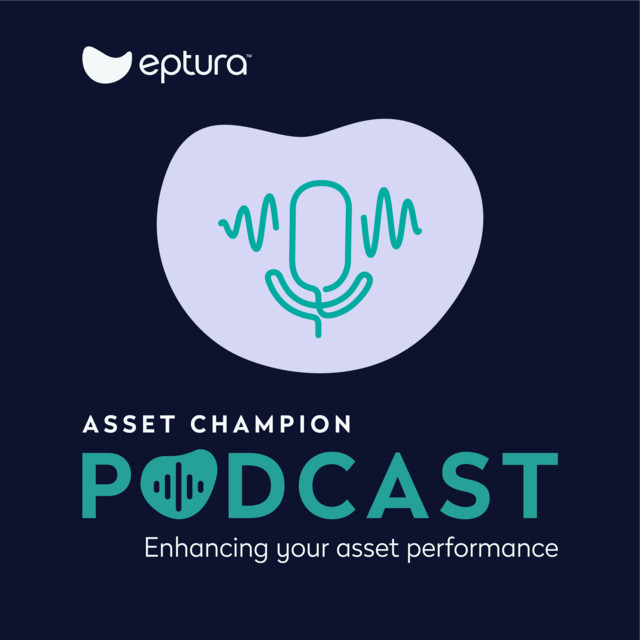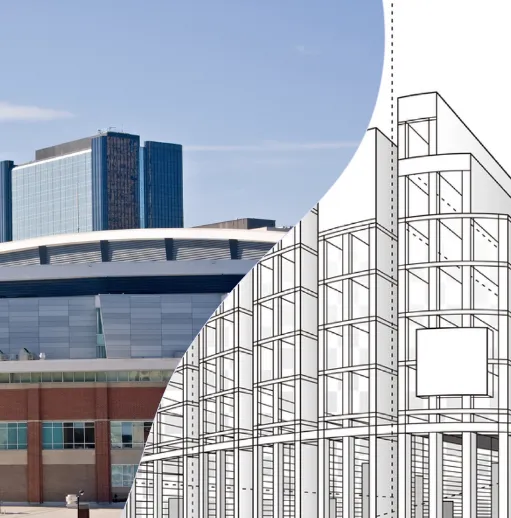
Whatever the age of your facility, you benefit from having an accurate picture of its current condition and a clear understanding of how to improve it. A facility condition assessment (FCA) helps you evaluate a building’s many systems, including structural, mechanical, and electrical. Through data capture and analysis, you can better budget for operations, maintenance, and capital projects.
What is a facility condition assessment (FCA)?
An FCA is a process of measuring the physical condition and functional performance of your buildings and infrastructure.
The assessment determines whether your buildings are suitable and appropriate for their intended functions. You can then make informed decisions about the maintenance, renewal, and replacement of the buildings themselves, their infrastructure systems, for example heating and cooling, and the components of those systems.
You usually conduct the assessment by doing a walk-through inspection and/or mathematical modeling before collating the data using facility management software. You look at factors such as the building’s age, design, and the materials used in its construction and explore the root causes of its deterioration. You then produce an FCA report that includes a record of your findings along with a capital plan, typically over 10 years, for each facility.
Is a facility condition assessment the same as a property condition assessment?
They are similar but different. A property condition assessment is something you usually do before selling a property, as it provides a breakdown of the condition of a building and its contents at one time. That gives the prospective buyer an idea of the costs involved in repairing any issues. It’s a way of better predicting the total cost of ownership.
A facility condition assessment is more focused on the future. You use it to determine the long-term needs of a building. You can then make decisions about future repairs, maintenance, and replacements to help with your budgeting and capital planning.
Why is a facility condition assessment important?
FCAs are usually prepared for owners or managers of commercial buildings and real estate portfolios to help them optimize and maintain the physical condition of their assets, prioritize their resources, and develop capital budgets.
FCAs are also an excellent source of evidence to help you argue your case to restore, replace, and maintain defective assets with the higher-ups. They can also help you better prioritize your projects to target capital investments that increase the efficiency of your facility’s operation and reduce the risk of downtime.
What should you include in a facility condition assessment?
An FCA usually involves a thorough inspection of your buildings by a team of specialists, typically architects, engineers, or skilled-trade techs. They are responsible for:
- Investigating the current condition of assets and systems such as roofing, plumbing, lighting, structural, and roofing
- Forecasting the age and effective lifespans of each asset
- Performing a cost analysis and creating a timeline to help you plan your capital budget
- Identifying any code-related deficiencies or compliance concerns
- Prioritizing a list of repairs
- Estimating the costs to correct the deferred maintenance backlog
An FCA should also include details of the immediate interventions required to keep your buildings functioning effectively.
Step 1: Complete the site inspection
Your first job is to put a team in place to assess every part of your building and get a comprehensive understanding of your assets, systems, and components. A good team should include an architect, a mechanical engineer, a structural engineer, and a cost estimator. Your team should be clear about the project’s scope and give them the flexibility to bring their own ideas to overcome its unique challenges.
Step 2: Collect the assessment data
All the data you collect must be reviewed and stored safely. That can include digital pictures, drawings, documentation, and contact information. The inspection team may also conduct interviews with operators and building staff to get an understanding of the challenges and conditions they face.
All these findings play a crucial role in creating the final FCA report, so it’s important to store it safely in one place. Asset management software can help you create a single, unified, and robust storage solution that puts the relevant data at your fingertips.
Step 3: Prepare the assessment report
Your FCA report should be a detailed write-up of the assessment’s findings and include a summary, a detailed analysis of the systems in the building, and your maintenance priorities. It should also include expenditure summaries for year 1, year 5, and year 10, although you can tailor the timeline to meet your requirements. It’s also worth writing an executive summary that includes the most pertinent information in headline form.
Step 4: Analyze the report
Your next job is to analyze the report to ensure all findings are accounted for in your capital expenditure and maintenance plans. It’s also worth asking your peers to review the report to check the reliability of the data and make sure you have considered every loophole and requirement.
Step 5: Present the report to the decision-makers
The aim of any FCA is to help your organization make decisions about the facility and determine the most effective way to spend your budget. Presenting the report to senior managers is the first step in that process. It’s then your job as the facility manager to put a plan in place and give your techs the tools they need to do the work.
Why should you perform an FCA?
Buildings are critical assets that enable you to run your operations smoothly, but like any asset, they get older day by day and need maintenance and renewal. Funds for your buildings are always in short supply, so an FCA can help you spend the money you have in the right way.
Being able to prioritize the items for maintenance and renewal based on accurate data rather than guesswork is an important benefit. Whether it’s repairing your HVAC system or replacing a carpet, it helps you see which assets are critical and those that can come further down your priorities list.
An FCA also helps you keep your buildings in a good state of repair. Determining the systems that need work and when allows you to reduce downtime throughout the life of your assets. You can then make more economical use of your maintenance team, as your engineers are working on a scheduled basis rather than doing reactive work to fight fires.
How can facility management software help?
Making sure your organization conducts periodic FCAs and tracks all the data in one place is key. And that’s where the right software can help.
You stay on top of every aspect of your maintenance operations, so you never miss a beat. You’re instantly connected to your data and any changes are reflected in real time. That means you’re the first to know when something changes, or your techs complete a critical maintenance task.
The right facility management solution also tells you when your assets need repairs, so you can schedule your maintenance work accordingly and are never caught off guard. You can also track work orders, keep tabs on backlogged items, schedule recurring maintenance cycles, and gain insights to boost efficiency, all while staying within budget.


